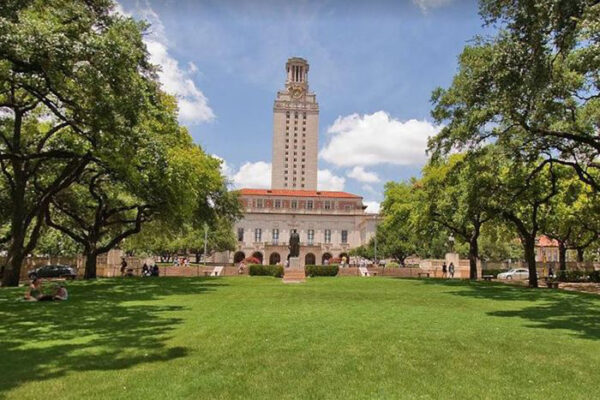Does attending a selective college actually have an effect on the educational outcomes of a student? If so, how does the effect on those admitted under new policies compare to that of students who are displaced? In a recent working paper, Researchers Sandra E. Black, Jeffrey T. Denning and Jesse Rothstein explore whether accessibility to a selective campus has an effect on students’ likelihood of graduating from college and on their post-graduation earnings.
To answer this question, the researchers take advantage of the Top Ten Percent Rule (TPP), a momentous policy change that guarantees admission to any public university to anyone in the top 10 percent of their high school class in Texas. This policy dramatically changed the enrollment patterns at the University of Texas (UT) flagship campus in Austin.
Through a difference-in-difference approach, the study finds that the policy has had a significant positive effect on enrollment rates, graduation rates and earning potential of “pulled-in” students, that is those that were in the top 10 percent of high schools that have not traditionally sent many students to UT Austin.
In contrast, the researchers find that the policy has had virtually no effect on the educational outcomes of “pushed out” students – those who were ranked outside of the top 10 percent at high schools that had previously sent a relatively large share of their students to UT Austin. TTP did not reduce wages or graduation rates for students in this group. The authors conclude that policies like TTP have the potential to redirect the allocation of scarce spots toward students who can benefit more from them than did those who were displaced.
-Margarita Arguello
